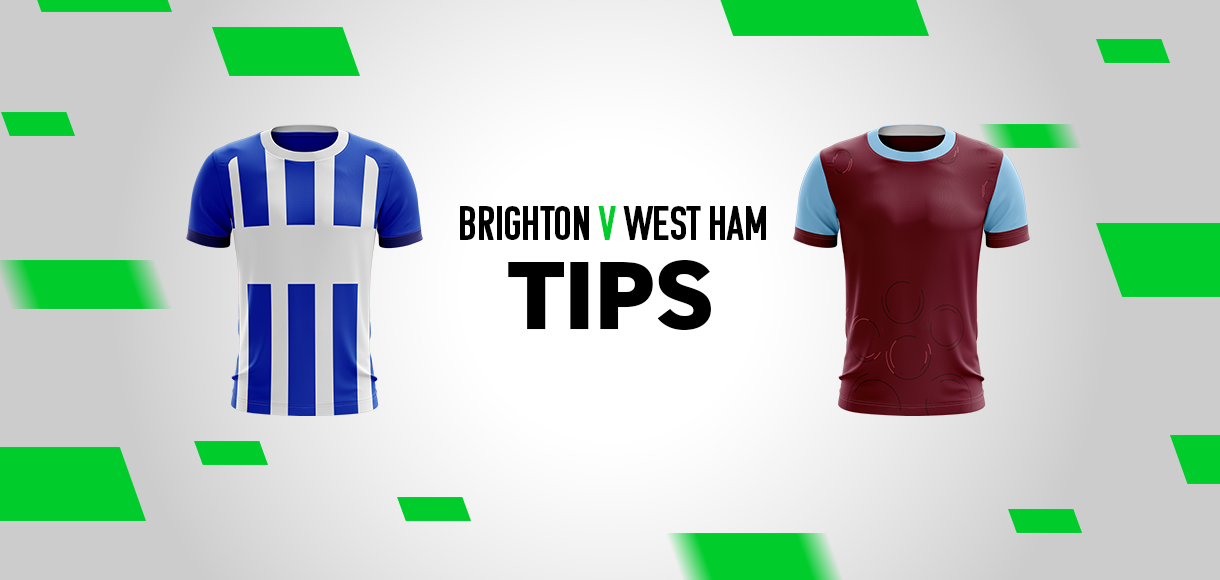How much would these legendary English strikers cost today?
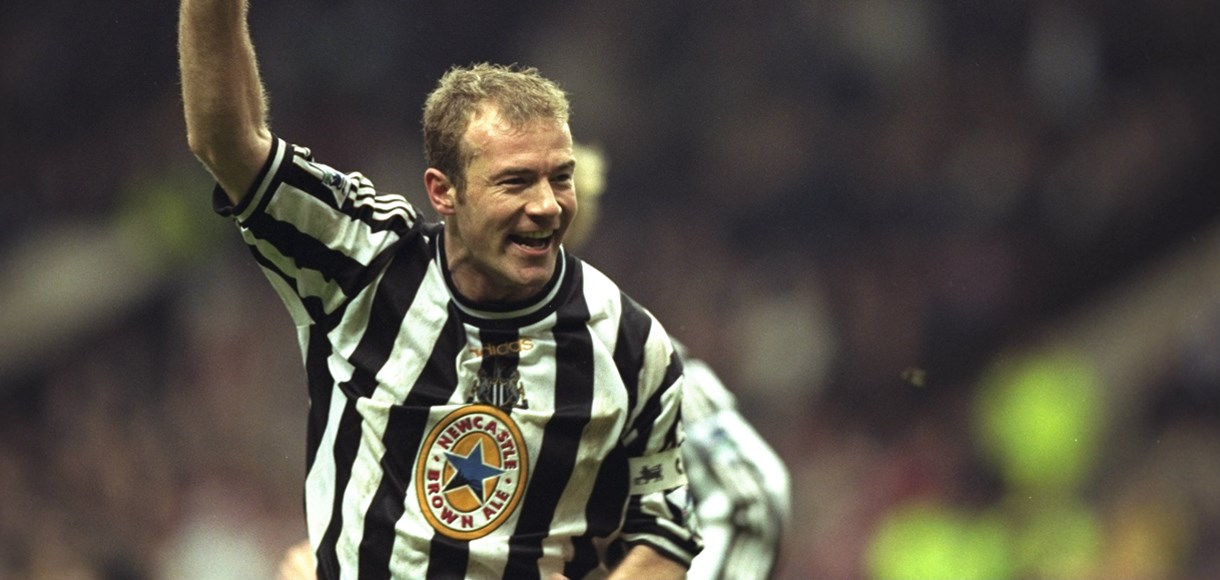
We took five of the Premier League’s all-time top scorers and calculated what their price would be if they made the biggest move of their career right now.
The form of Harry Kane – who is in the football betting to join Real Madrid this summer – prompted a conversation in the Insider office about just how much he is worth.
That then led us to another question: how much would some of the best English strikers in Premier League history go for in today’s market?
So, we took five of the top 10 Premier League’s all-time top scorers and calculated what their price would be if they made the biggest move of their career right now.
There were three factors that we considered for each player: their achievements, their age and their commercial appeal. We also used modern-day players and transfers as a comparison.
This is what we went for.
ALAN SHEARER
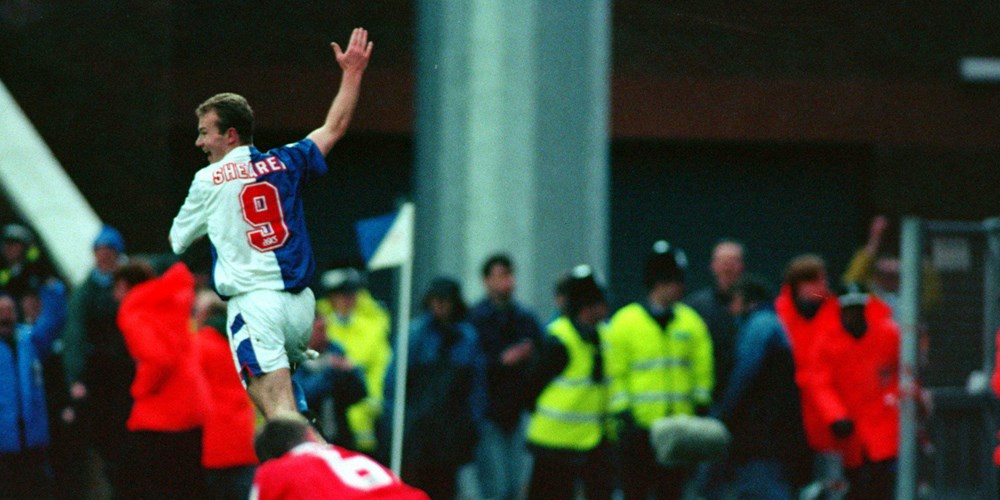
Move: Blackburn to Newcastle (1996)
Age: 26
Value then: £15m
Value now: £200m
If a club wanted to buy Harry Kane today, Tottenham chairman Daniel Levy would not answer his phone for an offer less than £150m.
Kane scored 94 goals in all competitions between the 2014-15 and 2016/17 seasons, and is averaging almost a goal per game in 2017/18. He has no weaknesses.
Now imagine if Kane wins the Golden Boot at the 2018 World Cup, and captains England to the quarter-finals or better.
The fee that Real Madrid would have to pay for him would exceed the one dished out by PSG for Neymar in 2017.
How Blackburn Rovers must wish, in financial terms at least, that their own once-in-a-generation English striker had come along 20 years later.
In the summer of 1996, Alan Shearer had finished as the Premier League’s top scorer for three seasons running – the second of which propelled his side to the Premier League title – and was England’s outstanding player, after winning the Golden Boot on home soil at Euro 96.
And while Shearer turned down Manchester United in order to secure a world-record move to boyhood club Newcastle, the modern player prioritises money and acclaim over local pride.
A European club that guarantees silverware would only increase the fee further. If anything, £200m is a guarded estimate.
MICHAEL OWEN
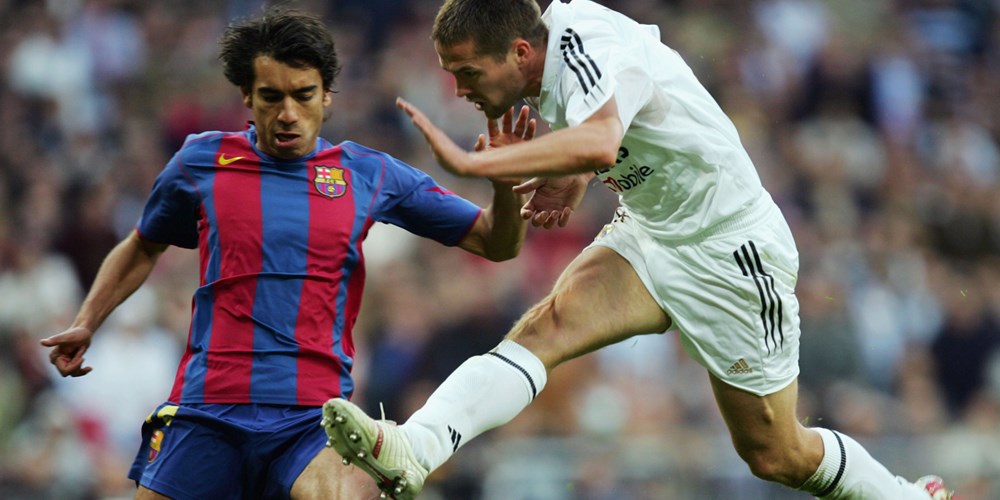
Move: Real Madrid to Newcastle (2005)
Age: 25
Value then: £17m
Value now: £80m
Real Madrid, the club that disregards continuity and patience in favour of the thrill of the chase and immediate gratification.
No sooner are you paraded as Florentino Perez’s latest toy than you are discarded to fund the new one – just ask Mesut Ozil, Angel Di Maria and James Rodriguez.
Perez hasn’t signed a Galactico since 2014, but he is desperate to put that right. That’s why he sanctioned several expensive sales in 2017 – including Alvaro Morata to Chelsea – and will do so again in 2018, after the club’s dismal La Liga defence.
Luka Modric, Toni Kroos and Gareth Bale are reportedly three first-teamers considered dispensable, which is a bracket Michael Owen fell into in the summer of 2005.
Owen had actually done well in his solitary season at the Bernabeu. He scored 13 La Liga goals at a better goal-to-minute ratio than any other player, and famously produced a trademark finish in a Clasico that Real Madrid won 4-2.
His output was similar to Morata and Bale, albeit over a shorter period of time, while the player who lit up World Cup 1998 and won the 2001 Ballon d’Or remained a national treasure in England, even if his best days were behind him.
Premier League sides – forced to pay a premium, anyway – would go as big as £80m to bring home a nerveless finisher who was still only 25.
LES FERDINAND

Move: QPR to Newcastle (1995)
Age: 28
Value then: £6m
Value now: £35m
It is possible that in the summer of 2018, QPR might not have felt compelled to sell Les Ferdinand at all.
Having finished fifth, ninth and eighth in consecutive seasons, the Rs, benefitting from the current eye-watering TV deals, would be focused on adding better players to their squad rather than losing them.
That’s certainly how Leicester felt when they shrugged off £65m for Riyad Mahrez on January transfer deadline day, while Southampton were prepared to report Liverpool to the Premier League rather than sell Virgil van Dijk in 2017.
Crystal Palace and Watford could demand in excess of £50m for Wilfried Zaha and Abdoulaye Doucoure in the coming months. Everton spent exactly that on Gylfi Sigurdsson from Swansea.
Against Ferdinand in 1995 was his age. Even the richest teams will think twice about spending an excessive amount on a 28-year-old, especially one who is neither a regular in European nor international competition.
Yet Ferdinand’s ability as a goalscorer was indisputable, as was his pace, power and aerial prowess.
He notched 20, 16, and 24 league goals in his three Premier League campaigns, numbers similar to that of Jamie Vardy, who has – bar one notable exception – played in a side of roughly level ability.
A price of £35m would get the deal done for either of them now.
ANDY COLE
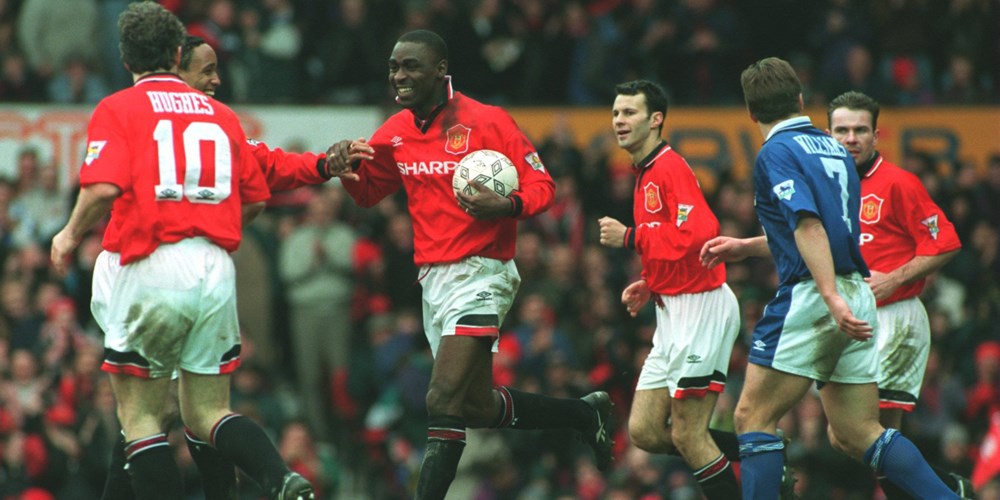
Move: Newcastle to Manchester United (1995)
Age: 23
Value then: £7m (£6m plus £1m-rated Keith Gillespie)
Value now: £40m
It is unfeasible in the modern day that an English striker would not be rewarded for a 34-goal Premier League season with a call-up to the England squad, let alone a place in the starting XI.
Yet that was the case for Andy Cole at the end of the 1993/94 season. There were even doubts about his temperament by the time he secured a stunning move to Manchester United in January 1995.
Then-Newcastle boss Kevin Keegan had to deal with training ground tantrums from a striker who often pined for his former London lifestyle, as well as the perception that the striker needed several good chances to score.
But the reaction of Newcastle fans to the sale – arriving en masse at St James’ Park to demand answers from Keegan – reveals the barometer that has remained unchanged in the subsequent quarter of a century: strikers are judged on how many goals they score.
Cole’s return of 80 in 114 games between 1993-95 was a phenomenal return, and the fact that he had just 18 months’ top-flight experience would not put Premier League clubs off.
Bournemouth reportedly turned down £25m from West Ham for Callum Wilson in similar circumstances in January 2017, while Manchester United were said to want Odion Ighalo for £35m just six months into his Premier League career 12 months earlier.
The modern-day fee for Cole would eclipse even that.
TEDDY SHERINGHAM
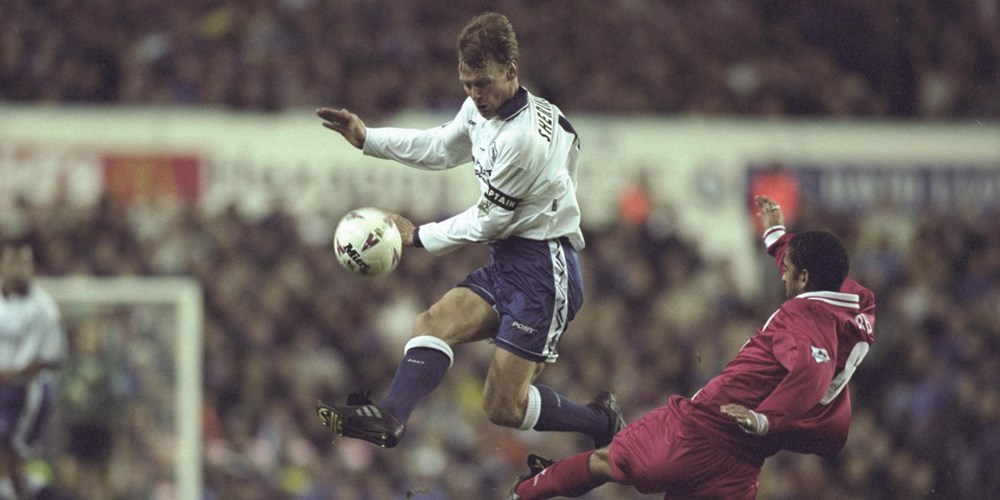
Move: Tottenham to Manchester United (1997)
Age: 31
Value then: £3.5m
Value now: £20m
"The price originally was a bit prohibitive, around £6m.”
Those words – said by then-Manchester United chief executive Martin Edwards after signing Teddy Sheringham – would never be said today. And not just because £6m would be nowhere near enough to sign a player as talented as Sheringham.
In the summer of 1997, Alex Ferguson wanted the Tottenham striker to replace captain and talisman Eric Cantona, who had announced his shock retirement from football at the end of the previous season. But Sheringham’s age – 31 – was a problem.
Indeed, had then-Spurs chairman Alan Sugar not reduced his price to £3.5m, Edwards would have walked away and Ferguson – who had delivered five league titles at this point – would have missed out on his primary target.
These, remember, were the days where most football clubs were public limited companies, meaning board members had to decide whether such an outgoing was the right thing to do for the business.
That is unfathomable in the modern day, where private owners are happy to chuck millions at whoever they fancy. And while a player’s age is taken into consideration, it’s rarely prohibitive. In January 2018, Olivier Giroud, who is the same age as Sheringham when he moved to Old Trafford, joined Chelsea for £18m.
Sheringham, a prolific Premier League striker who had starred for England at Euro 96 the previous summer, would cost more than that.











